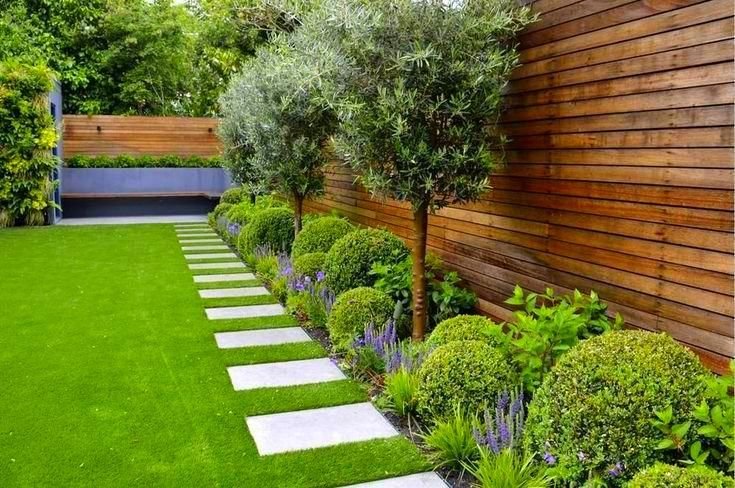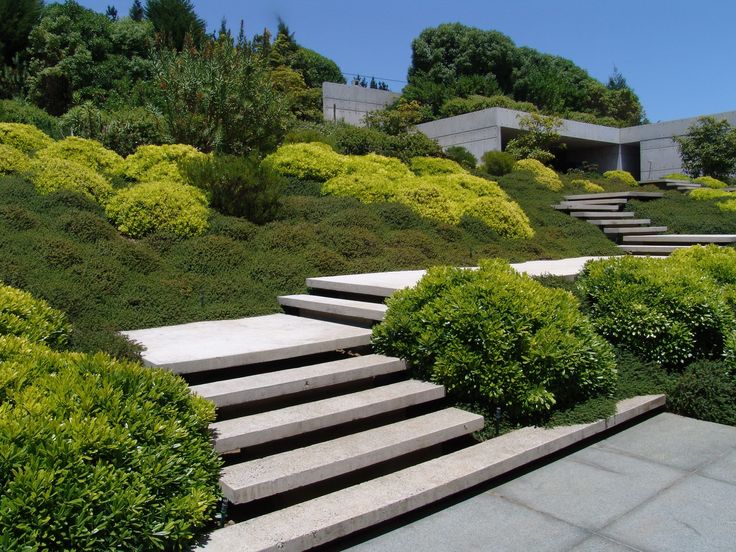Creating a garden combines both artistic expression and scientific principles. Whether you have a small backyard or a large landscape, a well-planned garden can enhance your outdoor space, improve your home’s curb appeal, and create a relaxing retreat. In this comprehensive guide, we’ll take you through the essential steps on how to design a garden that suits your needs and preferences.
Table of Contents
How to Design a Garden : Why Matters

A well-designed garden offers numerous benefits, such as:
- Enhancing the aesthetic appeal of your home
- Creating a space for relaxation and recreation
- Supporting biodiversity by attracting birds, butterflies, and pollinators
- Improving air quality and reducing noise pollution
- Increasing the value of your property
Now, let’s dive into the step-by-step process of how to design a garden.
Step 1: Assess Your Space
Before you start designing your garden, evaluate your available space. Consider the following factors:
1.1 Measure Your Garden Area
Use a measuring tape to determine the dimensions of your garden. Create a rough sketch of the layout, noting any existing features such as trees, fences, patios, or pathways.
1.2 Analyze Sunlight and Shade
Watch how the sunlight changes position in your garden throughout the day. Some plants require full sun, while others thrive in shaded areas. Identifying these zones will help you choose suitable plants.
1.3 Check Soil Quality
Test your soil’s pH and nutrient levels. Some plants grow best in acidic soil, while others prefer alkaline conditions. If your soil is poor, consider enriching it with compost or organic matter.
1.4 Consider Climate and Weather
Research your region’s climate, including temperature, rainfall, and seasonal changes. This information will help you select plants that thrive in your environment.
Step 2: Define Your Garden’s Purpose
Every garden serves a different purpose. Decide what you want to achieve with your space.
2.1 Functional Garden
Do you want a garden that produces fresh vegetables and herbs? If so, consider a kitchen garden with raised beds or container plants.
2.2 Aesthetic Garden
If your goal is visual appeal, focus on a mix of colorful flowers, ornamental grasses, and stylish hardscaping elements.
2.3 Relaxation and Entertainment Space
For a peaceful retreat, incorporate seating areas, water features, and fragrant plants. If you enjoy hosting guests, plan for a patio or pergola.
2.4 Wildlife-Friendly Garden
If you want to attract birds, bees, and butterflies, plant native flowers, install bird feeders, and create small water sources.
Step 3: Choose a Garden Style
Your garden’s style should reflect your personal taste and complement your home’s architecture. Here are some popular styles to consider:
3.1 Formal Garden
Characterized by symmetrical designs, geometric patterns, and neatly trimmed hedges. Ideal for traditional homes.
3.2 Cottage Garden
A mix of flowers, herbs, and vegetables arranged in a natural, informal style. Features plants like roses, lavender, and foxgloves.
3.3 Japanese Zen Garden
A minimalist design that incorporates rocks, sand, water features, and simple plantings to create a tranquil atmosphere.
3.4 Mediterranean Garden
Inspired by warm climates, it features drought-tolerant plants like olive trees, lavender, and succulents, along with stone pathways and terracotta pots.
3.5 Modern Garden
Emphasizes clean lines, minimalist plantings, and contemporary materials such as steel, concrete, and glass.
Step 4: Plan Your Layout
A well-planned layout ensures your garden is both functional and beautiful.
4.1 Divide Your Space
Separate your garden into different zones, such as a flower bed, seating area, pathway, or vegetable garden.
4.2 Create Pathways
Use gravel, stone, or brick paths to connect different sections of your garden while enhancing accessibility.
4.3 Use Vertical Space
If you have limited space, consider vertical gardening with hanging planters, trellises, or wall-mounted pots.
4.4 Incorporate Hardscaping Elements
Hardscaping includes non-plant features like pergolas, fences, water fountains, and garden sculptures. These elements add structure and visual interest.
Step 5: Select Your Plants
Choosing the right plants is crucial for a thriving garden.
5.1 Select Plants Based on Climate
Opt for native plants or those suited to your region’s weather conditions.
5.2 Mix Different Plant Types
Include a variety of plants such as:
- Trees – Provide shade and structure.
- Shrubs – Add greenery and define borders.
- Perennials – Return year after year, reducing maintenance.
- Annuals – Offer seasonal color but need replanting.
- Ground Covers – Help prevent weeds and erosion.
5.3 Plan for Year-Round Interest
Choose a mix of plants that bloom in different seasons to keep your garden vibrant throughout the year.
5.4 Consider Maintenance Levels
If you prefer a low-maintenance garden, choose drought-resistant plants and perennials over delicate flowers that require frequent care.
Step 6: Install Irrigation and Lighting
6.1 Watering System
- Install a drip irrigation system for efficient watering.
- Use rain barrels to collect water for sustainability.
- Choose drought-tolerant plants if water conservation is a concern.
6.2 Garden Lighting
- Use solar-powered lights along pathways.
- Install spotlights to highlight trees or sculptures.
- Add string lights for a cozy ambiance.
Step 7: Add Final Touches and Maintain Your Garden
7.1 Decor and Accessories
Enhance your garden’s beauty with:
- Decorative pots and planters
- Outdoor furniture and cushions
- Birdbaths or garden gnomes
7.2 Regular Maintenance
- Water your plants as needed.
- Remove weeds and dead plants regularly.
- Prune trees and shrubs to maintain their shape.
- Fertilize and mulch to promote healthy growth.
Conclusion
How to design a garden requires thoughtful planning, creativity, and care. By assessing your space, defining your purpose, choosing a style, and selecting the right plants, you can create a beautiful and functional outdoor retreat. Whether you prefer a vibrant flower garden, a productive vegetable patch, or a serene Zen garden, following these steps will help you bring your vision to life.
Start planning your dream garden today and enjoy the beauty and tranquility it brings!
Explore More : How to Install Artificial Turf: A Comprehensive Step-by-Step Guide

Allan Williams
Welcome to my blog! With over 10 years of writing experience, I specialize in creating engaging content across a wide range of niches. My work includes contributions to gerardomariona.com, where I’ve had the pleasure of crafting insightful and impactful articles. From lifestyle to technology, and everything in between, I love sharing valuable tips, trends, and fresh perspectives. Dive in and explore the latest insights!

